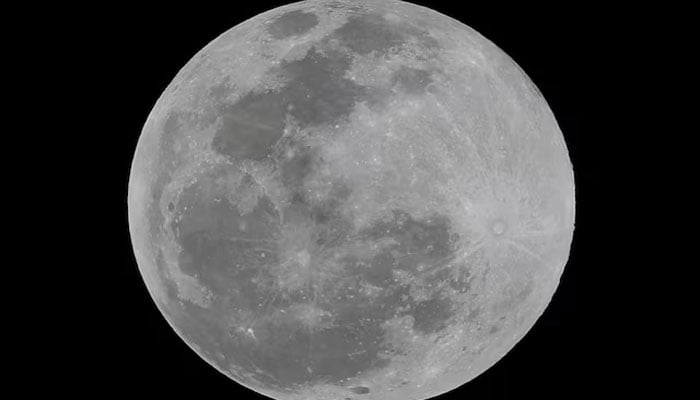Seismic events on moon occur more often than thought, study reveals
Recent studies have brought number of quakes on moon to 35,000
July 29, 2024

A review of Apollo mission data that is decades old has led to indications of tens of thousands of previously overlooked moonquakes.
The revelations could lead to further dynamics of the moon and future human missions.
The examination was carried out by planetary seismologist Keisuke Onodera from the University of Tokyo, who found evidence of 20,000 moonquakes.
“There were more tectonic events on the moon, it’s more tectonically active than considered before,” Onodera stated in the Journal of Geophysical Research: Planets on July 5.
According to Science News, the Apollo missions that landed on the moon from the 1960s to 1970s carried with them two types of seismometers. One of the seismometers could measure longer seismic waves originating from deep within the moon’s surface and the other could detect shorter seismic waves that carried more energy or were closer to the surface of the moon.
Those seismometers continuously took seismic energy data from 1960 to 1977, evaluating over 13,000 seismic events.
However, the data from the seismometer that was used to detect shorter seismic waves, was so jumbled with other sources, that it was deemed unusable at the time of detection.
The data from the seismometers is reported in shapes as the meters draw the shape of the seismic waves and based on the shapes, lunar scientists can learn about the origins of the quake.
The lunar scientists had to sit down and untangle the seismic data from the seismometer but they chose to ignore it until Onodera sat down to clean the data last year.
Onodera has brought up 22,000 seismic events, bringing the total known and detectable number to over 35,000.
“The most surprising thing is I detected 22,000 — a much larger number of events than the original dataset. That’s something nobody expected,” Onodera stated.
Onodera identified the events by looking at the graphs of each event and classified them based on their shapes.
Scientists have commended Onodera’s efforts with planetary geophysicist Raphael Garcia saying: "It’s natural intelligence, I would say, not artificial intelligence. I’m sure it’s a huge amount of work. He reprocessed everything."
Onodera’s findings of seismic events on the moon’s surface reveal that the newest identified quakes occurred from temperature changes and instances where Nasa intentionally dropped space machinery on the moon to see the impact they could make.
Some of the resulting moonquakes were shallow meaning they originated closer to the moon’s surface. Surprisingly, Onodera also found that these shallow quakes occurred more near the Apollo 15 landing site in the northern hemisphere of the moon.
Planetary seismologists and lunar scientists will have more data to work with in the future as Nasa is planning to depart a pair of seismometers to the moon in 2025.









